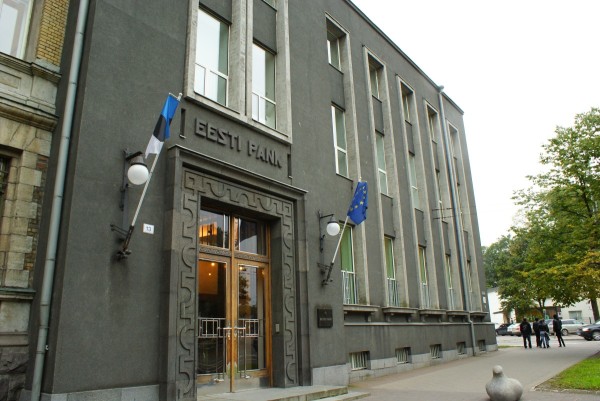Rasmus Kattai, Economist at Eesti Pank 07.12.2015
• The fall in energy prices was smaller because the comparison base of a year ago was lower
• Core inflation accelerated to 1.7% in November
• Service price inflation may pick up at the start of the new year
Data from Statistics Estonia show that prices fell by 0.2% in November on a year earlier and price levels were 0.3% down on October. Initial estimates from Eurostat show that inflation in the euro area slowed to 0.1% in November. The fall in energy prices was smaller because the comparison base of a year ago was lower, but core inflation in the euro area has picked up more slowly than expected, indicating that economic activity is subdued. For this reason, the Governing Council of the European Central Bank decided last week to take additional measures to support growth.
The current falling prices in Estonia are also an indication of the weakness in the global economy, because the lower price for energy can be attributed to the earlier fall in the oil price. Data from the Food and Agriculture Organization (FAO) show that food prices also fell on the global market in November, and are down to the same level as in 2007.
Slow economic growth has not yet affected the consumption decisions of households because the strong increase in the number employed has made conditions in the Estonian labour market favourable. The purchasing power of consumers has also been raised by rapid wage growth, and some of that wage growth has been passed on by companies into prices. Wage growth and price growth are particularly interdependent in the service sector, which fills about one quarter of the consumer basket. Inflation in services ran at 3.2% in November, with higher prices for leisure activities having the biggest impact. Core inflation, covering services and industrial goods, accelerated to 1.7% in November.
Service price inflation may pick up at the start of the new year as a lot of companies usually adjust their prices then. A rise in the minimum wage may also have an effect, partly because some prices are indexed to the minimum wage and partly because it will raise labour costs. The share of workers earning the minimum wage is large in wholesale and retail and in hotels and restaurants, and it may be assumed that prices for output in those sectors will be affected most by the rise in the minimum wage. In February 2016 the excise rates for motor fuel and alcohol will rise. Given that motor fuels are currently relatively cheap, how much the tax rise will pass into prices depends more on how tight competition is, but rises in excise generally do pass into consumer prices.
Eesti Pank will publish its economic forecast for 2015-2017 on 9 December.
Slower fall of prices was broad based in November
Eestlased Eestis | 07 Dec 2015 | EWR
Eestlased Eestis
TRENDING
























